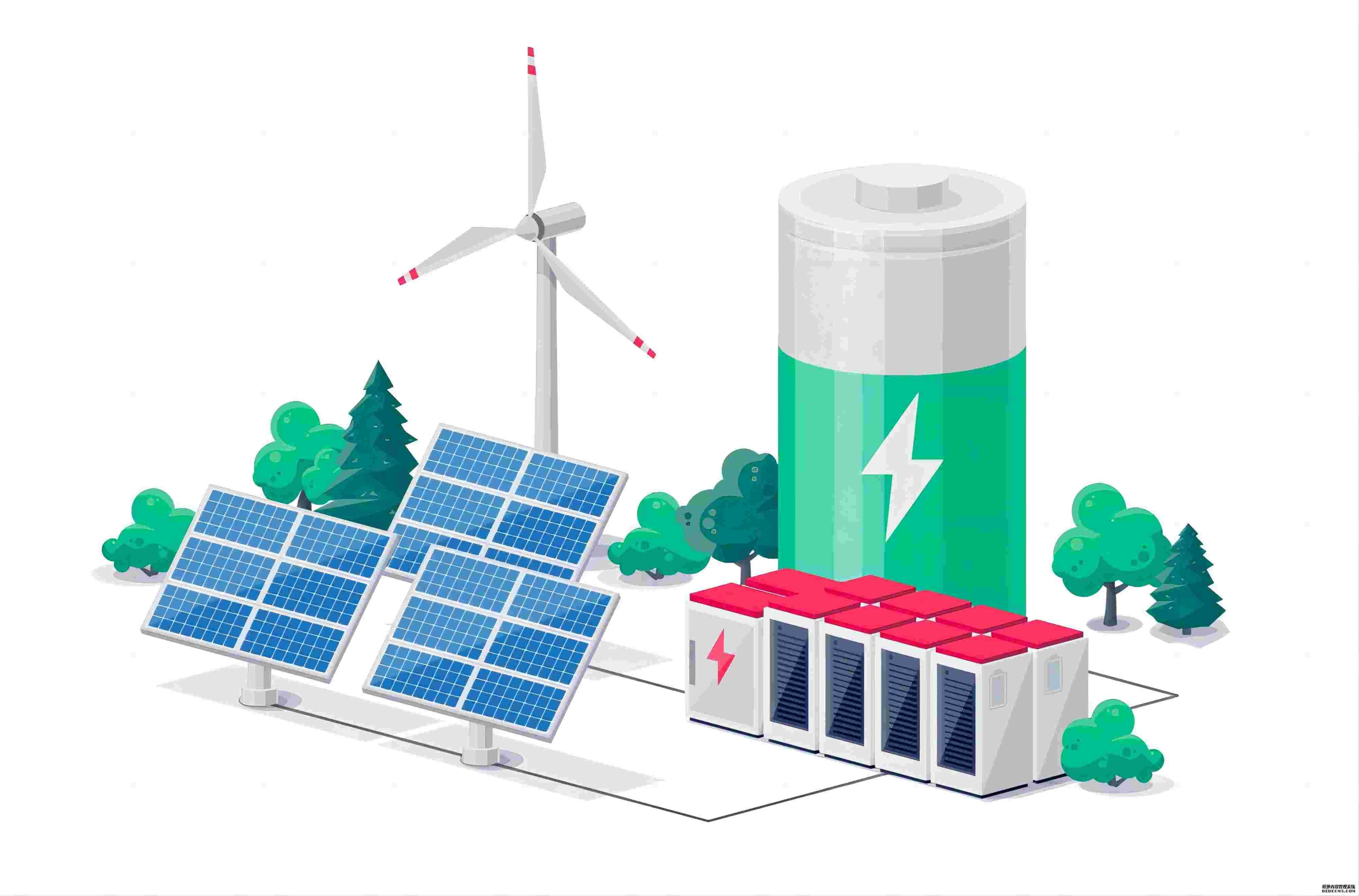Energy Storage--How It Works and Its Role in an Equitable Clean Energy Future
One of the keys to achieving high levels of renewable energy on the grid is the ability to store electricity and use it at a later time.

Much like refrigerators enabled food to be stored for days or weeks so it didn’t have to be consumed immediately or thrown away, energy storage lets individuals and communities access electricity when they need it most—like during outages, or when the sun isn’t shining. Storage can reduce demand for electricity from inefficient, polluting plants that are often located in low-income and marginalized communities. Storage can also help smooth out demand, avoiding price spikes for electricity customers.
The electricity grid is a complex system in which power supply and demand must be equal at any given moment. Historically, supply has been adjusted to meet changes in demand, from the daily patterns of human activity to unexpected changes such as equipment overloads, wildfires, storms, and other extreme weather events. Now, we also look to flexibility in electricity demand to help optimize use of renewables, from how we heat and cool our homes to when we charge electric vehicles. Energy storage plays an important role in this balancing act and helps to create a more flexible and reliable grid system.
For example, when there is more supply than demand, such as during the night when continuously operating power plants provide firm electricity or in the middle of the day when the sun is shining brightest, the excess electricity generation can be used to charge storage devices. When demand is greater than supply, storage facilities—even those in individuals’ homes—can discharge their stored energy to the grid.
Pumping water back behind hydroelectric dams has been used for decades as a form of storage that absorbs excess generation from the grid and generates electricity later when it is needed by releasing the water to drive a turbine. Now, lithium-ion battery storage in the form of large battery banks is becoming more commonplace in homes, communities, and at the utility-scale.
Next:Developer Exagen gets approval for 1GWh UK BESS
Previous:World most advanced battery energy storage system comes online, speeding Hawaii transition to 100% renewable energy
